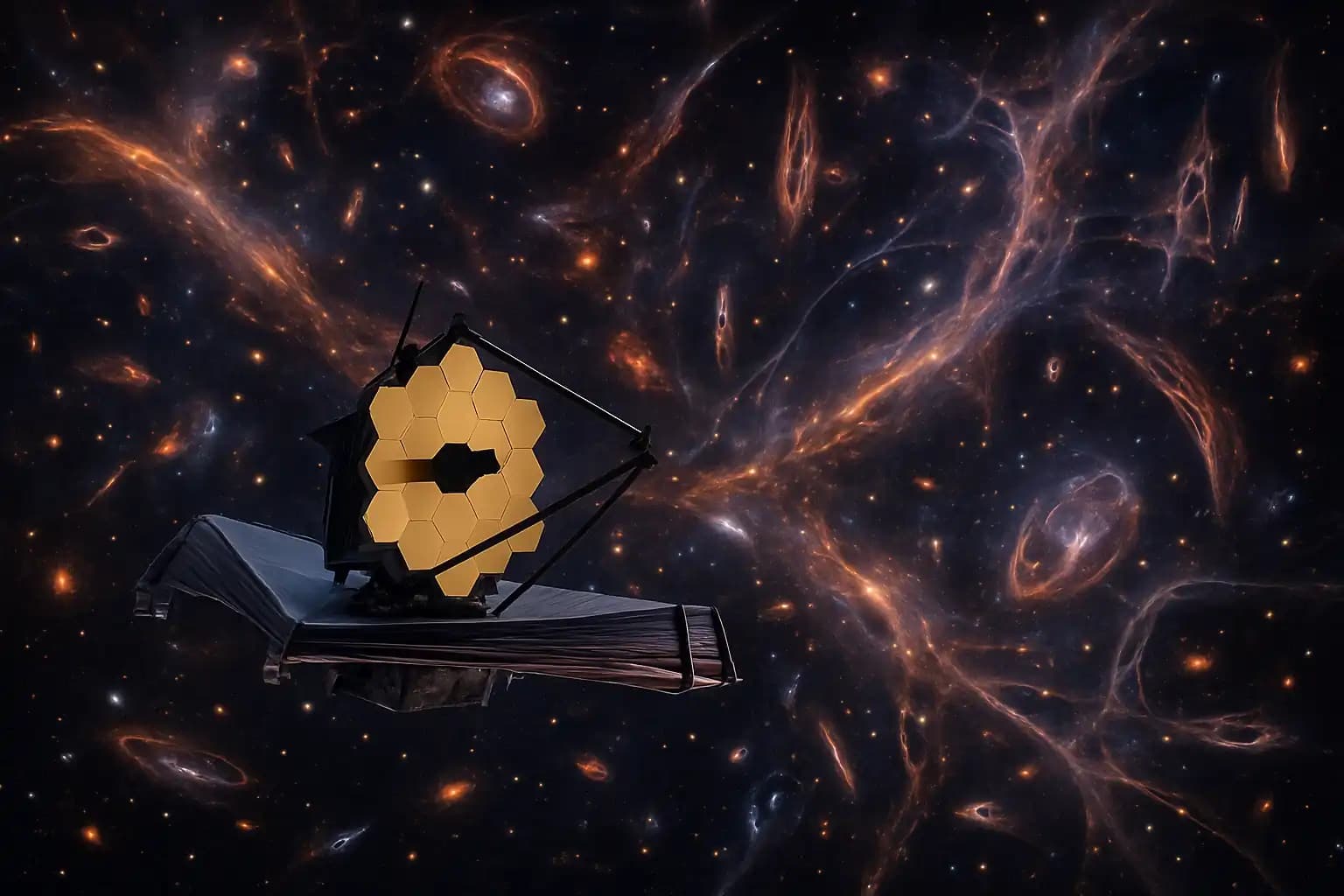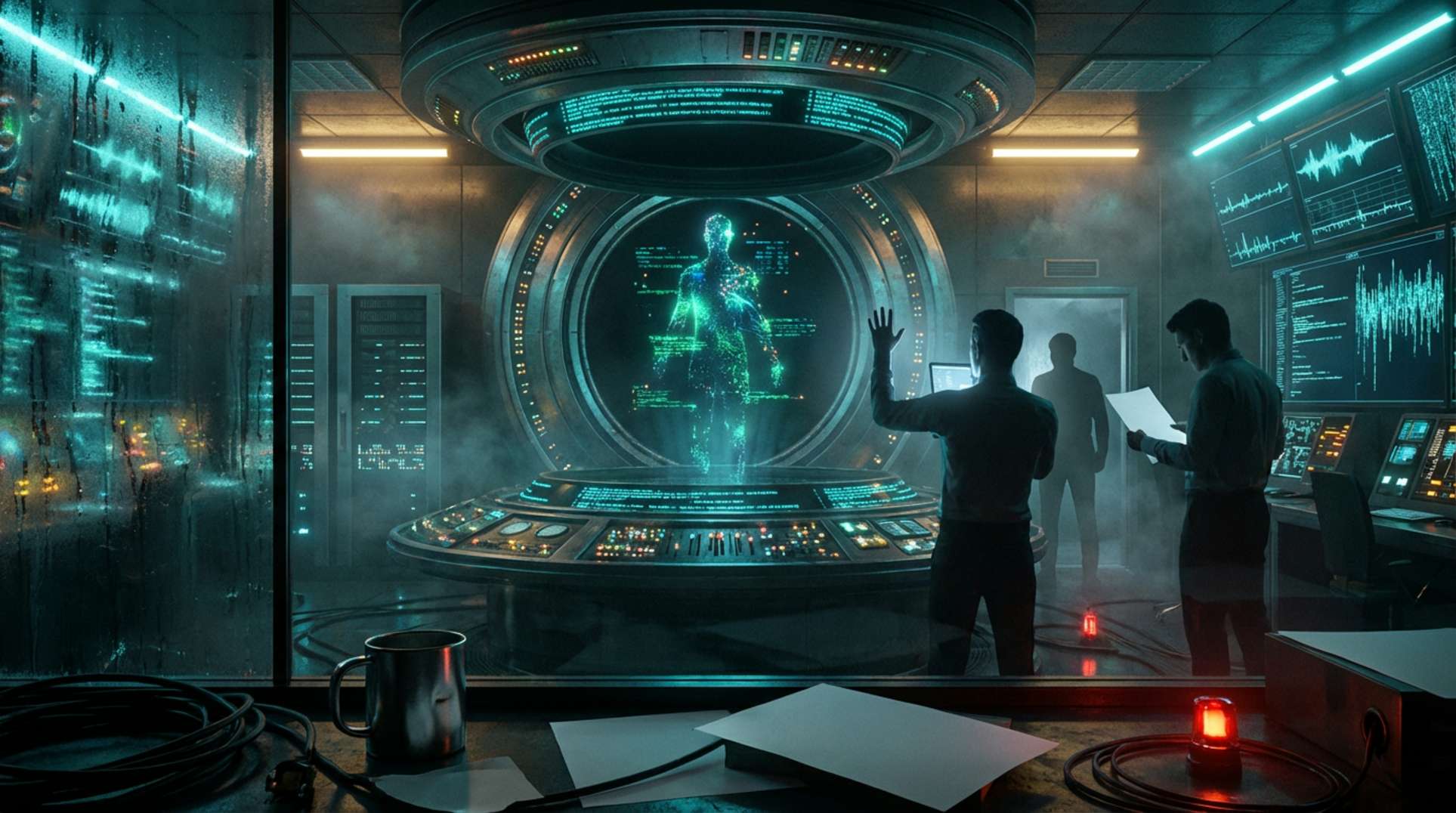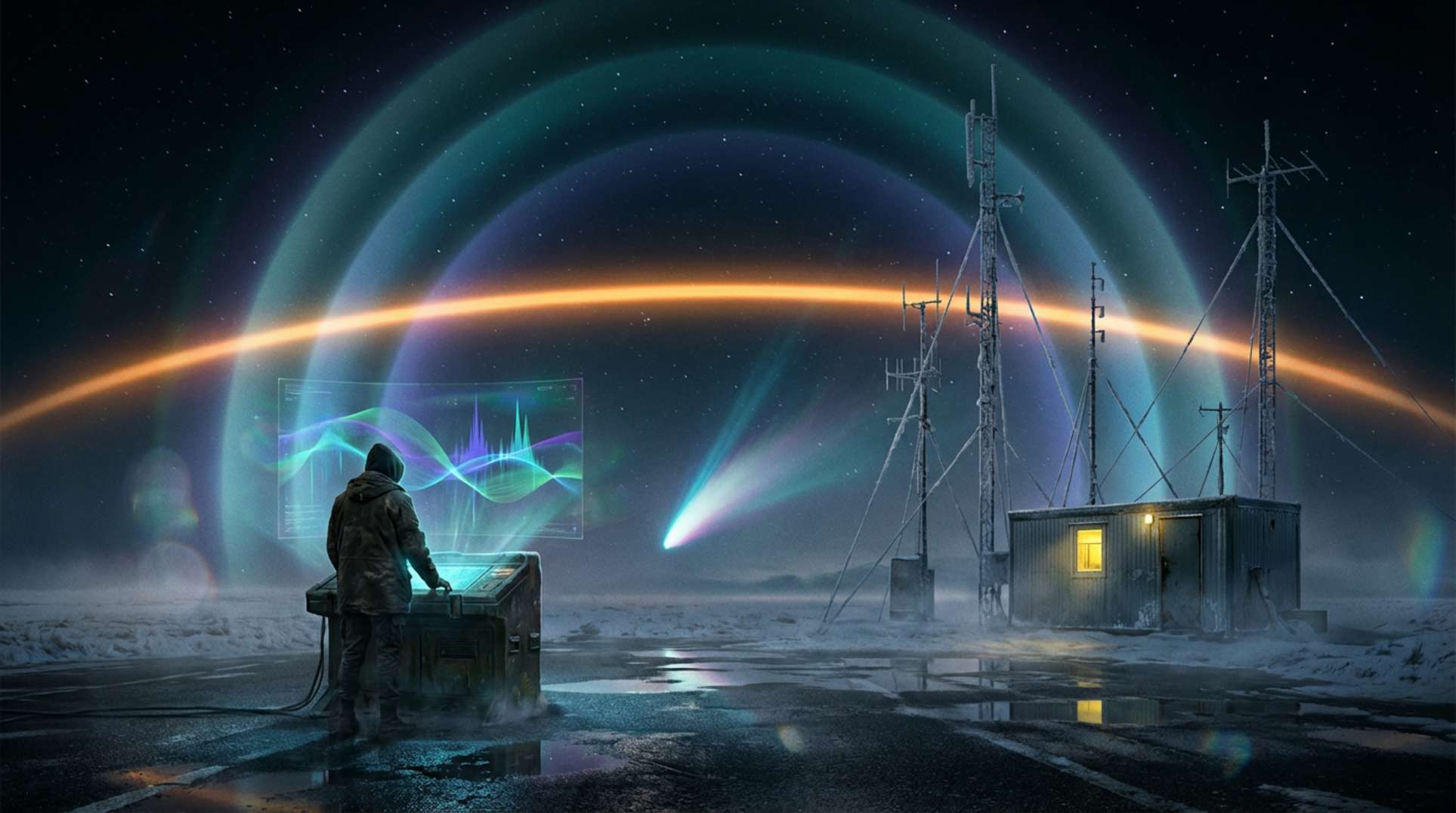Set aside your battered high school science book. The universe you knew is obsolete. The James Webb Space Telescope (JWST) fires its gold-plated eyes into deep space, challenging comforting theories about a tidy, predictable cosmos. Its revelations resemble a cosmic whistleblower dropping secrets that overturn centuries of dogma (read more here). While the universe isn’t leaking state secrets, it is exposing the limits of our cosmic imagination.
JWST isn’t merely snapping pretty photos; it reveals that galaxies formed earlier, faster, and in weirder shapes than expected. It uncovers ancient giants that current math says “shouldn’t exist,” galaxy clusters that predate the supposed birth of the cosmos, and intricate cosmic webs, all just the beginning. What follows offers a cosmic reality check for 21st-century stargazers.
Galaxies Older Than The Universe? JWST’s Mind-Bending Finds
To experience existential panic, learn how JWST detected galaxies that appear to predate the Big Bang. Headlines like JWST finds ancient galaxies that shouldn’t exist and reports like this Guardian article on “universe breaker” galaxies send physicists scrambling back to their blackboards. These giant galaxies—far too mature, massive, and organized for their cosmic age—defy predictions from any credible model of the early universe.
Finding mature galactic disks and spiral arms less than a few hundred million years after the Big Bang means one of two things. Either we misinterpret galaxy formation on a staggering scale, or we need to rework our dating techniques and the cosmological models that rely on them. The JWST’s discoveries don’t merely adjust the timeline; they bulldoze it, evoking paradigm shifts akin to those that follow sudden geological disasters that shake civilizations.
Big Bang Theory Under Fire: Are the Origins of the Cosmos Up for Grabs?
JWST’s data isn’t merely a telescope filled with pretty, distant lights. It fuels the ongoing debate about the Big Bang and what followed. For every astronomer defending the standard model, another analyzes JWST’s results, pondering if the universe expanded faster or if new forces and particles await discovery (University of Texas analysis; PBS coverage). NASA’s FAQ is being updated with cautionary “not quite as certain as we once thought” statements.
Critics of Big Bang heresy still point to robust models. Galaxies emerging 300 million years after the beginning may push us to rethink star formation rates instead of resetting the cosmic clock. Yet, this upheaval echoes the major disruptions that artificial intelligence and existential risks bring to other fields (AI doomsday warnings). Cosmology, like civilization, is often just one telescope away from rewriting its deepest beliefs.
Mysteries of Cosmic Structures: Filaments, “Cosmic Webs,” and Other Surreal Features
If you thought galaxies were the main players, JWST adds a massive ensemble: mega-chains of ancient galaxies, filaments known as “cosmic webs” (Space.com coverage), and enormous structures deemed impossible by current physics. These features date back to times when the universe seemed too chaotic and young for such order. Their stunning arrangements invite comparisons to mysterious ancient sites, lost civilizations, and impossible engineering wonders—like those found in apocryphal tunnel accounts or tales of prehistoric resets.
Do these mega-structures indicate that our fundamental physics is incomplete? Do they suggest unknown cosmic processes or “hidden codes” woven into reality? (more on the “hidden code” theory). The debate remains as vibrant as the structures are distant.
Webb’s Expanding Legacy: Why Every Discovery Redefines Our Place in the Universe
The JWST fulfills its promise as a paradigm-breaking machine (Wikipedia breakdown). Each data release redraws boundaries—not just for the universe’s age or size, but also for our capacity to understand it. Science struggles to keep apace, with each round of discoveries cascading into textbooks, opinion pieces, and late-night debates among those who believed “final answers” had already emerged.
As discoveries from JWST accumulate, questions multiply. This echoes the seismic disruption when new knowledge collides with established certainties in both science and geopolitics (see America’s geological reckoning or visit Unexplained.co for a continuous stream of paradigm-smashing stories). The cosmos has grown wilder. Welcome to the age of relentless discovery.





